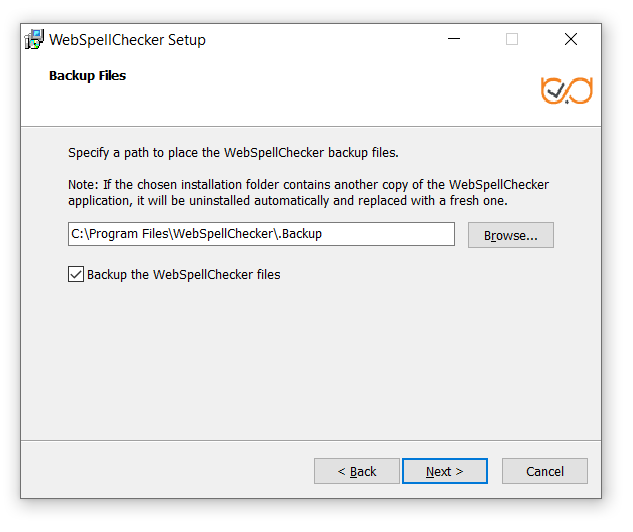1. Stop AppServer
Stop AppServer of the existing installation.
2. Install a New Version of WebSpellChecker
Install a new version of the application following the steps in one of the manuals below:
If you are reinstalling the application on the same server, you must skip the License Activation step.
3. Start AppServer
Once you completed all the upgrade/reinstallation steps, you need to start AppServer of your new installation.
4. Verify Operability
5.1 Check the status and the version of the new installation to verify if it works properly: 5.2 Check if grammar and spelling functionality works correctly after the upgrade/reinstallation in your web application, namely:
Reinstallation and Upgrade Comments
Comments below apply to reinstallation and upgrade of WebSpellChecker on the same server both in Windows- and Linux-based environments.
When reinstalling WebSpellChecker on Windows, the installer tries to auto-detect if any other versions of WebSpellChecker already exist. Specify if you want to back up any already existing configurations and other files.
If you select the Backup the WebSpellChecker files option, settings files as well as dictionaries are stored to C:\Program Files\WebSpellChecker\.Backup folder.
When reinstalling WebSpellChecker on the same server on Linux, a folder containing files and dictionaries settings is rewritten, and a backup copy is created. During this rewriting process, a folder containing User and Server Custom Global dictionaries unique contents and their settings is saved. A default backup folder is created in /opt/WSC/.Backup directory.
